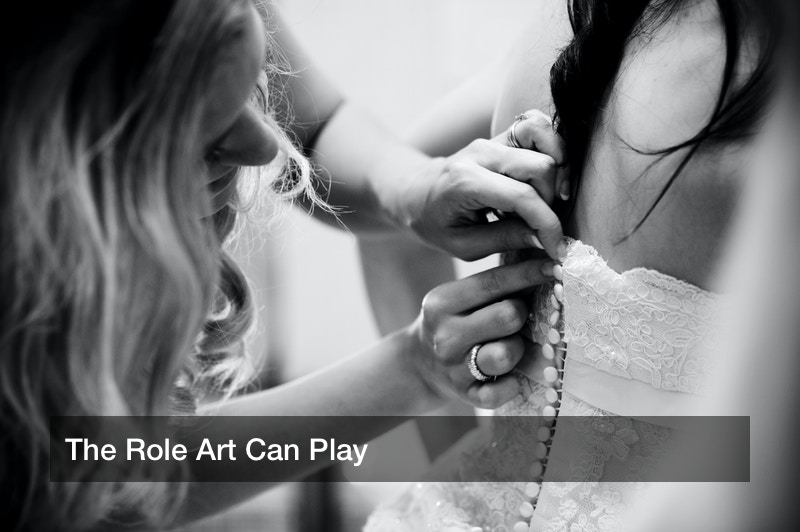The Role Art Can Play

More than almost anything else, art is a universal aspect of the human race, and all cultures around the world create art in many different forms. Art dates back at least to the ancient days of cave paintings, and ever since then, paintings, dances, sculptures, literature, music, and more have become dominant forms of art. Today, art is more varied than ever, branching out beyond centuries past when art was largely used to depict religious scenes. Today, art can be used not only to express religious faith, but also create abstract art to provoke thought, magical realism in painting, nature inspired art, and more for amusement or to send a message. Art can be used to promote a concept, protest something, or simply amuse the viewer. Abstract art in particular may do any of these or more, given how the images shown are generally not concrete in exact meaning. This makes abstract art quite popular, and abstract art can be rather deep despite some abstract art pieces’ deceptively simple appearances. What else is art capable of? Not only do art print reproductions easy to buy, but they can have a therapeutic effect on the mind and body.
The Business Of Art Around the World
Whimsical art, abstract art, religious art, protest art, and much more finds their way into galleries and private collections around the globe, and some pieces may sell for a lot of money. Art may be infinitely variable and deep like the human race itself, but even art can be broken down into the numbers. And the numbers show that artwork for sale make for a large industry. As of 2017, for a fairly recent example, the global art market was valued at an impressive $64 billion USD, and it might very well grow in the near future, too. Many collections of art are large and varied; 53% of all collections around the world, just over half, feature 500 or more pieces of art each. Paintings are a common type of art found in those collections, and nearly 83% of all art collections feature some paintings. This compares favorably to collages or drawings, which appear in around 15% of collections.
Art may sometimes get an influence from the creator’s own background. In the United States, the population is widely varied, and many different ethnic, religious, and racial backgrounds are all represented in American art. Some galleries may specialize in art from certain American time periods or the artists’ own background, such as African American art or Latin American art. Some galleries may feature mostly art of one type, and Hispanic art is a slim minority of American art in galleries (but it may grow). Latin-heavy parts of the United States such as Texas and Florida may feature some galleries or exhibits, some permanent, others temporary, that showcase Latin art in particular. Mexican, Cuban, Colombian, and other types of art may be shown there, and artists such as Gioconda Rojas or Fernando de Szyszlo may have works to offer.
Art and the Human Mind
Art can have a therapeutic effect on the viewer. Studies have shown that viewing pleasant art can lower the viewer’s blood pressure and help calm and relax the mind, and someone who spends an afternoon in an art gallery may feel relaxed and creative after they leave. This may be why art is so often featured in public areas, such as in restaurants and cafes, hotels and apartments, doctor and dentist waiting rooms, and more. Such art can help make guests feel comfortable and at ease, and art like this can also help set the tone and mood of the establishment.
Art also has the power to make the viewer feel more creative, too. In particular, art in an office space can make employees there feel more creative and flexible in their thinking, something that any manager may approve of. Many modern offices have framed photographs, paintings or prints, and more, which may make the office look more attractive and boost the workers’ creativity. That, and innovative arrangements of desks and the placement of potted plants, can all stimulate the employees’ minds. This may also be a fine way to help promote local painters and photographers, too, who may appreciate the exposure for their work.
